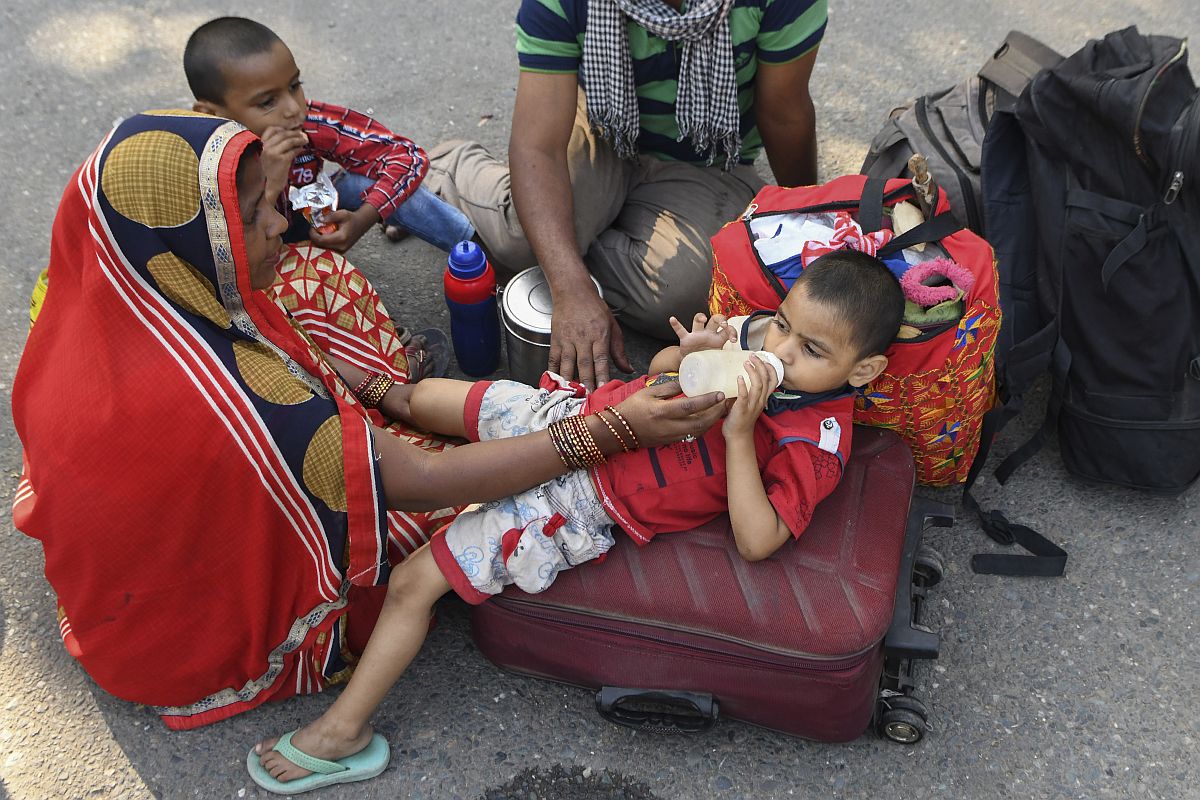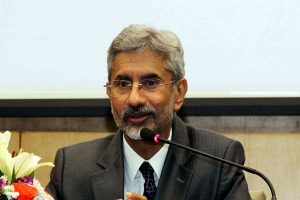We are at a stage in the fight against the Corona virus when the lockdown is going to be eased, or lifted, in most parts of India. It is also the stage where most, if not all, of the migrant population wanting to go back to their native places have done so. There is already a cacophony of claims about how the government has done a good job of looking after these migrants.
It is probably time to go over the evidence of the migration, if for no other reason but just to be sure that the claims being put forward have some merit. To anticipate the answer, my conclusion will be that the performance of the authorities was abysmal. And since most of the policies were in the domain of the Union government, it is they who must get the lion’s share of the blame.
Advertisement
At the time of writing this piece, neither the total number of cases, nor the fatalities have “flattened”. Thus, it is not clear what was achieved by imposing the cost in terms of the output foregone, and the pain inflicted on the poor was far from insignificant. The lockdown was announced by Prime Minister Modi on the evening of 24 March. As with the demonetisation exercise of 2016, the nation was given a fourhour notice.
If the lockdown was not observed, the virus would run amok causing mayhem. The lockdown meant that the people were supposed to freeze in the locations they were in. It also meant that no economic activity (barring a handful of essential services) was allowed. The poor could only be expected to comply if they had sufficient space ~ both economic and physical. It was very clear, even when the lockdown was announced, that this was, at best, buying time to get a medical response (e.g. trace, test and treat) in place.
Instead of pursuing testing and isolation, the preferred policy response consisted of pots and pans being banged and precious aviation fuel being used to shower flower petals from the skies. We, as a nation, were reduced to scanning the skies for testing kits to arrive from China. And when these came, they turned out to be sub-standard.
Needless to say, Covid-19 has not been frightened by the banging of the pots and pans, nor propitiated by the flowers. The first weeks showed up the lack of preparedness on the part of the Union government. It was also clear that decades of neglecting public health was coming home to roost. Thus, it is unsurprising that the benefits of a lockdown were not forthcoming.
Moreover, the Union government had not thought about how the poorest were going to cope with it. Those who had their sources of income cut off were, presumably, to be provided sustenance by the government( s).At least two issues arise in considering a lockdown: first, what of those who barely eke out a living and sleep on the streets? And second, what about those who share a room with many others?
In the lockdown they cannot possibly do “social distancing”. Their raison d’etre for being in the city was to earn a meagre income. With the lockdown that had gone, while making them prime candidates for infection. They were straining at the leash to go back to their villages. Initially the leash was very tight, and this desire to relocate was met with repression. The correct response on the part of the Union government would have been to allow those who wanted to go back to their villages to do so in an orderly fashion.
This would have involved some increase in infection but not much. Trains should have been made available; and in order to retain those who wanted to stay on in the cities, very generous supplies of food and other necessities should have been provided. Nothing of the kind was made available. Then the lockdown was extended. Why? Because the government had no policy to fight the pandemic.
They were playing Canute, but the waves of infection refused to oblige. Now the first two lots of people mentioned above were joined by others (e.g. those whose employees had provided some incomes for two weeks: and those who anticipated, correctly as it turned out, that no matter what the government was promising they would starve, if they stayed in the cities). Now the stream of potential returnees (to the village) had become a deluge.
Around this time, Yogi Adityanath threw a spanner in the works by sending buses to ferry back students from UP studying in Rajasthan. Very soon the position that the migrant workers had to stay put, while the prospective IIT students could be ferried back became untenable. The state governments were then asked to provide buses if they wanted to facilitate the return of their “citizens”.
Sushil Mody, the Deputy Chief Minister of Bihar, said this was absurd, and trains should be run to facilitate the return of the workers trapped in the cities. Others could be disregarded but not Sushil Mody; after all Bihar was less than one year away from an assembly election. So, trains were allowed, not without a lot of acrimony over the payment of fares.
The Karnataka government, bowing to the construction lobby, tried to cancel some trains that it had agreed to. The number of trains provided was way short of the demand for these. There was no provision for food or water; and the trains took days to cover distances that should have been possible in a few hours. And all this while, large segments of the migrant population continued to walk to their home villages, with women and children among them.
They suffered heat and hunger; some died on the way. There was no structured provision of food and water; milk for the children was a luxury. I have gone over the details of the movement of these workers just to highlight the knee-jerk reaction of the Union government. Does this convey the presence of a strong and resolute government with a well-thought out plan? To me, it is actually anything but.
(To be Concluded)
(The writer is former Director and Professor of Economics, Delhi School of Economics)











